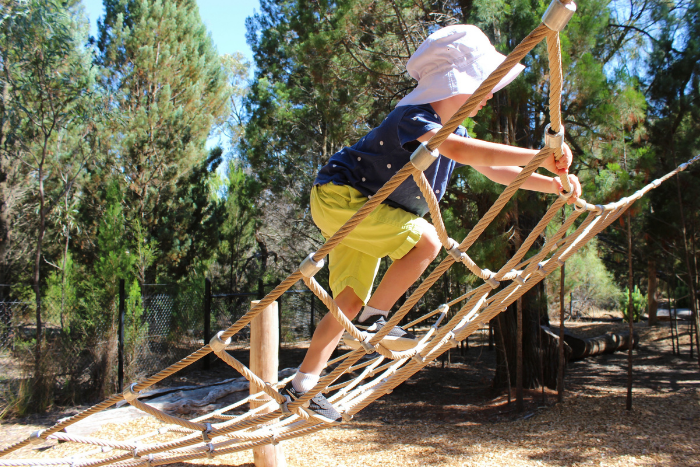Abstract
Risky play is defined as thrilling and challenging forms of play that have the potential for physical injury and has been linked to development and health benefits for children in the early years. These benefits include risk-assessment skills, increased physical activity and well-being, and promoting social competencies and resilience. Currently, in a Western context, children’s opportunities for risky play are decreasing and at the same time, childhood inactivity and coinciding health concerns are on the rise. Risky play may help ameliorate some current health problems for children. This research aimed to increase understanding of how children use affordances (environmental factors that intersect with and influence human behaviours) for risky play. Physical environmental factors have been found to influence children’s affordances for all play, including risky play. The study employed a deductive analysis of participant-observer field notes and focused-video observations in order to identify how children utilize indoor and outdoor environmental features for risky play. Data was interpreted through Gibson’s theory of affordances and was then fit to established taxonomies of environments for children’s risky play. Research was conducted with children, ages 3–4 years, at a kindergarten in Norway. Findings identified environmental affordances for risky play that were actualized by children in this study. We propose that findings from this study may be useful in considering the physical design of early childhood education play spaces.
Researchers:
Obee, Patricia 1 


